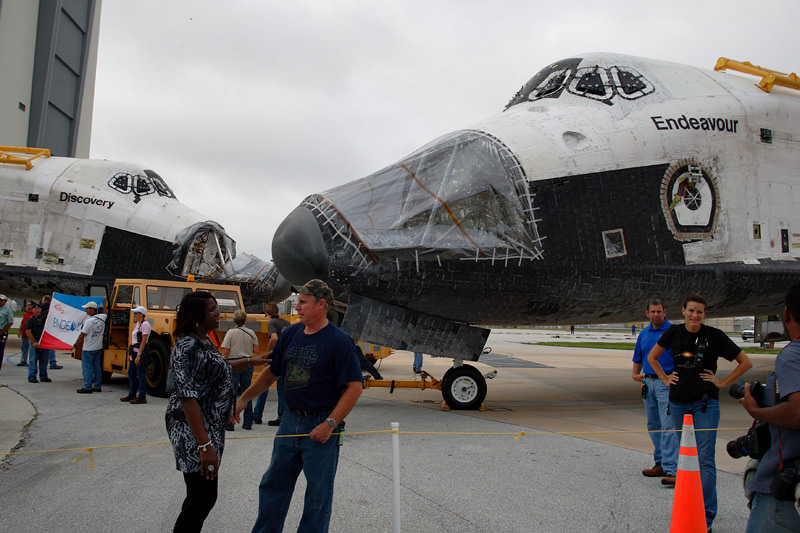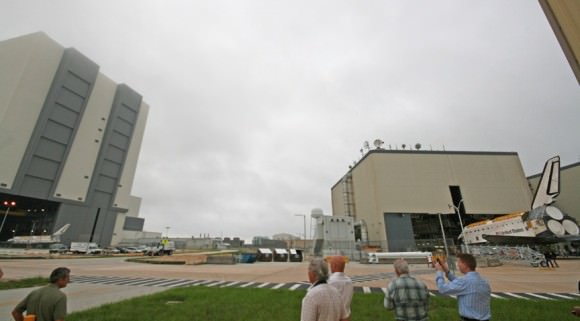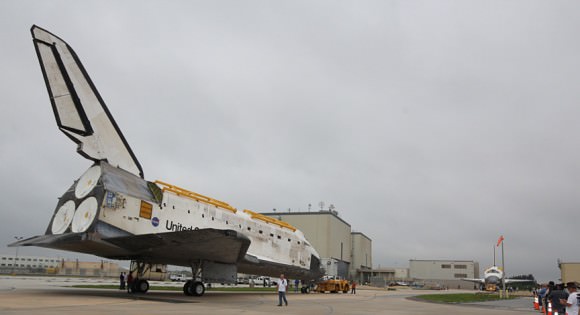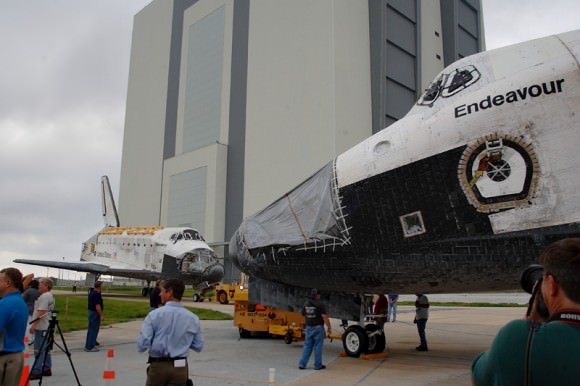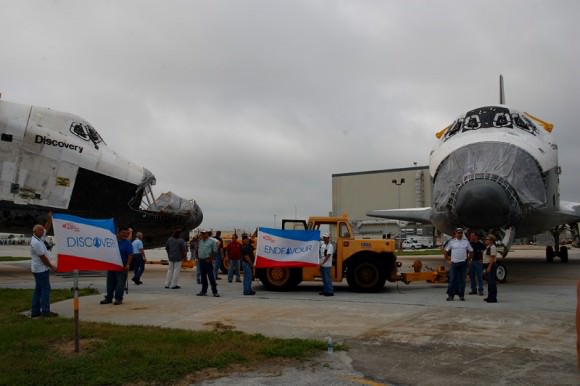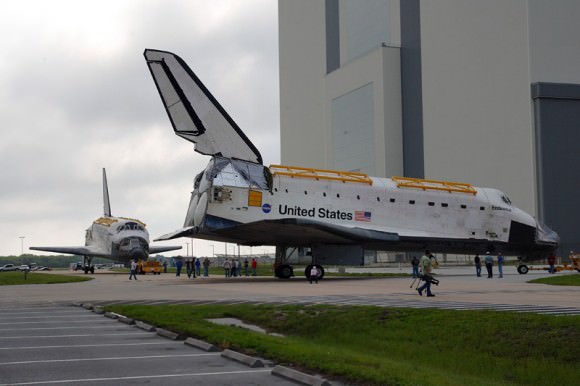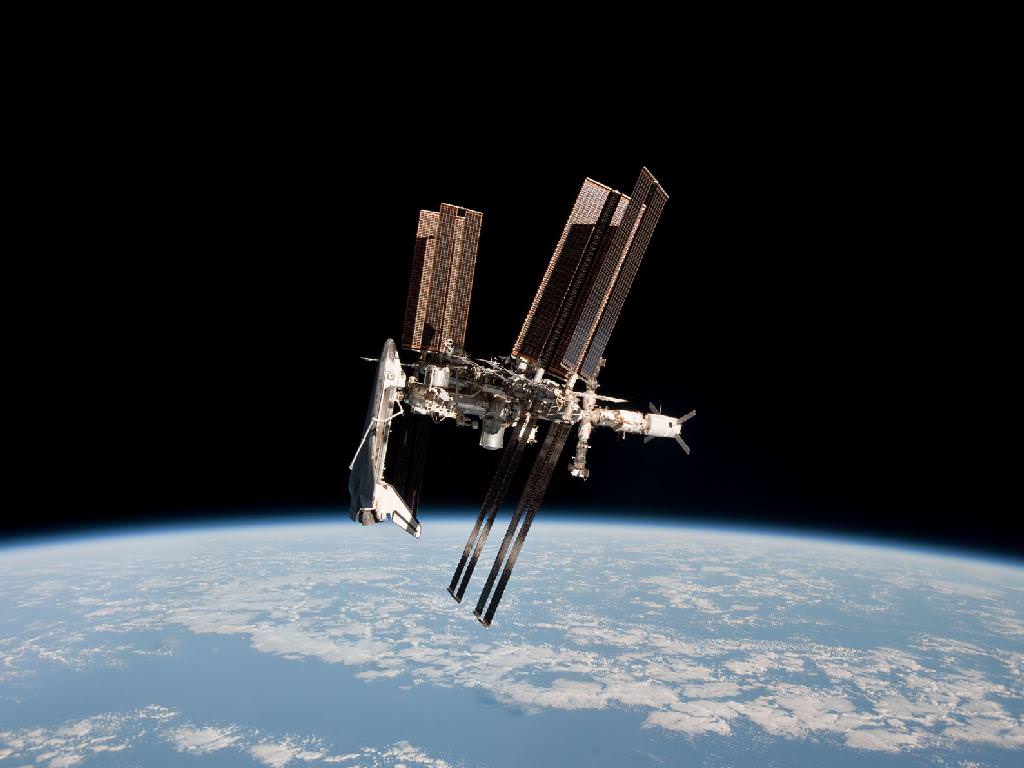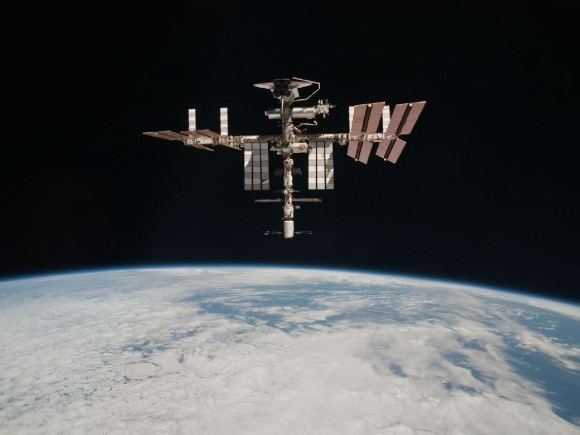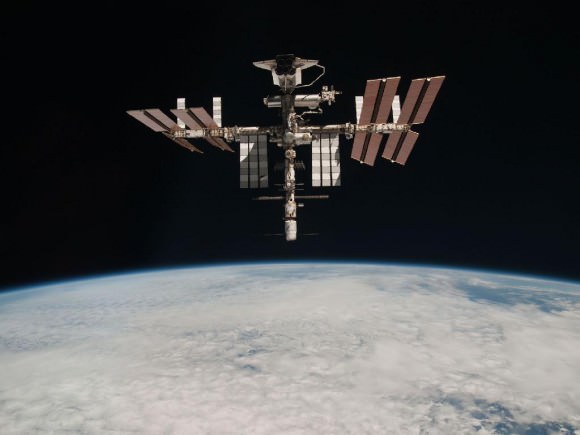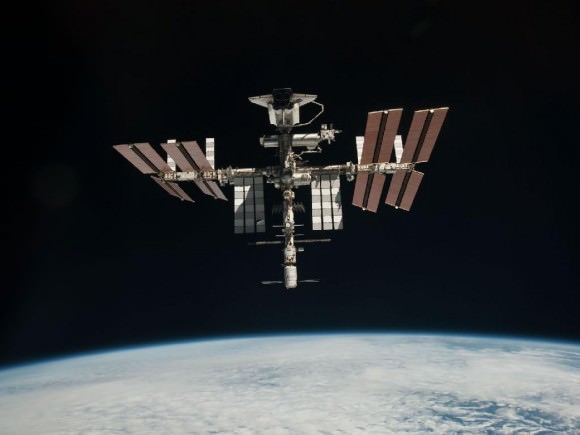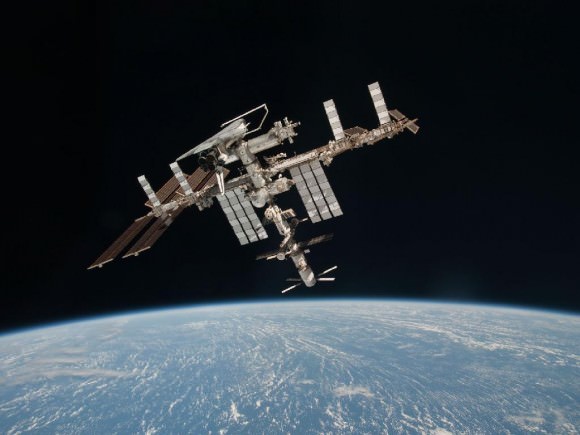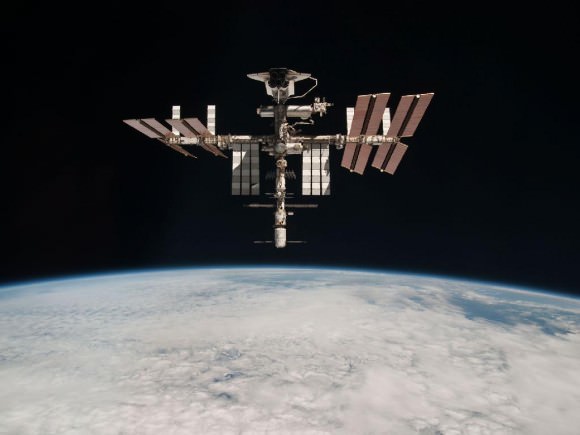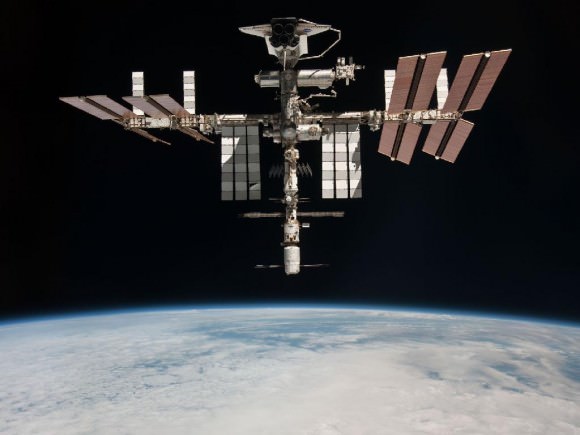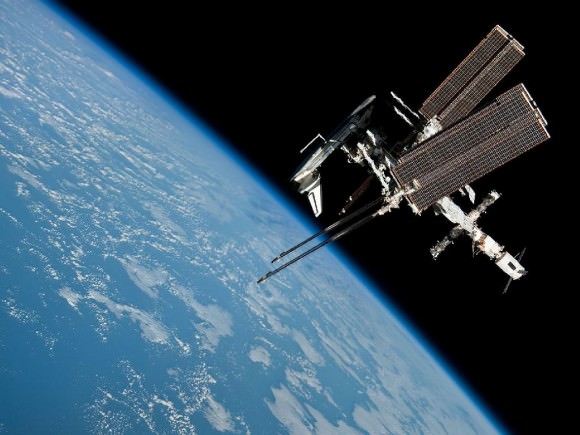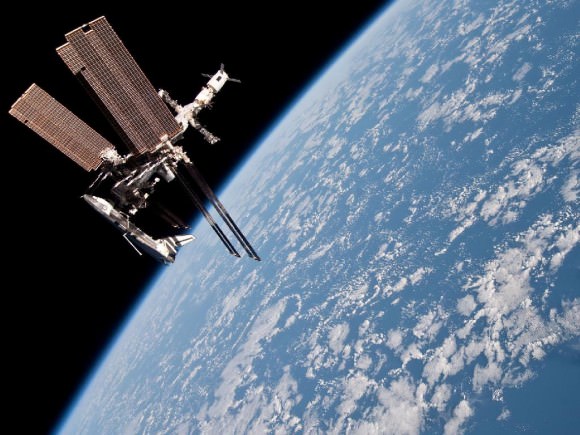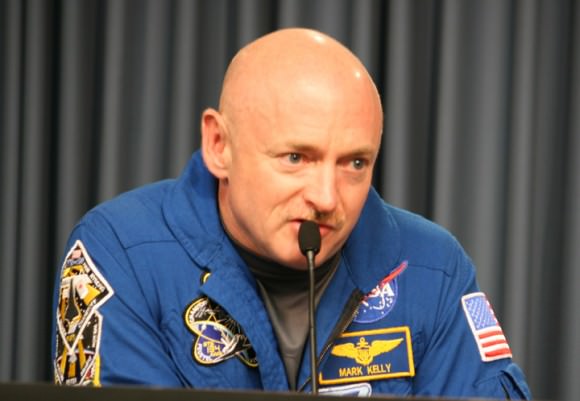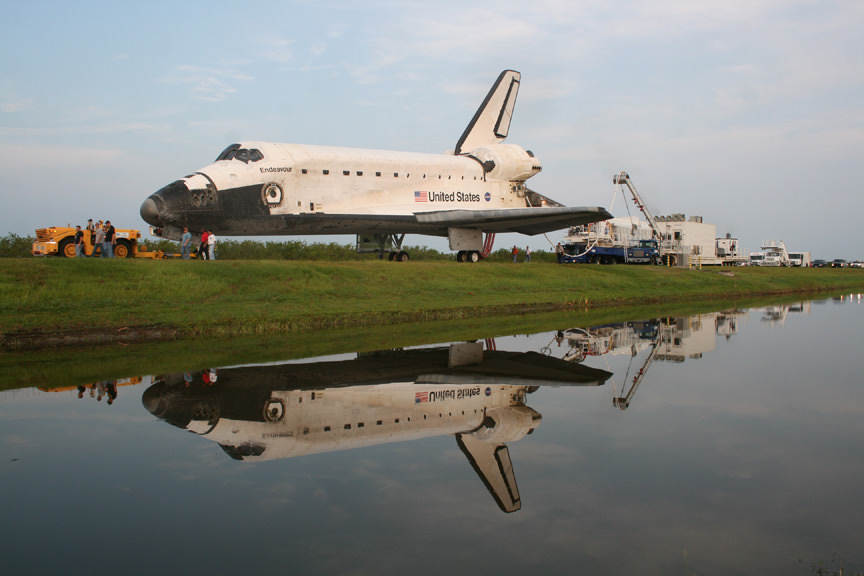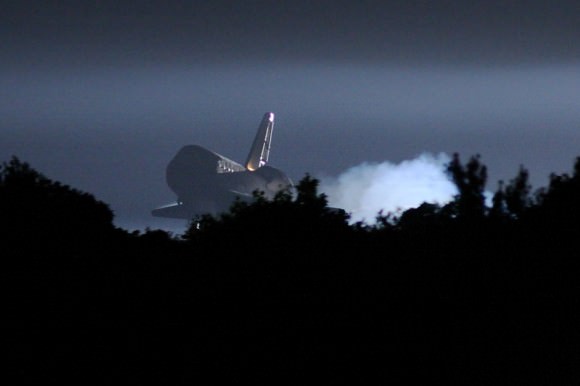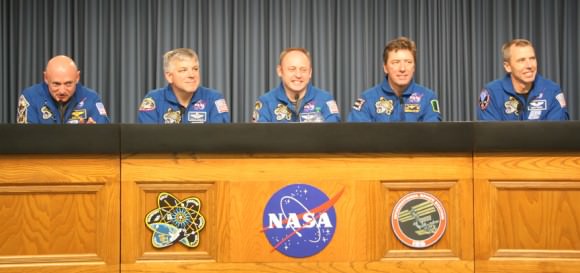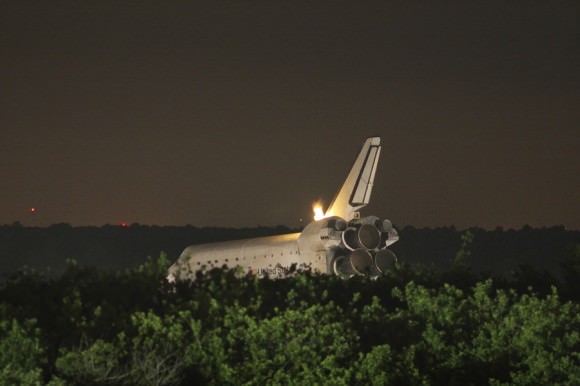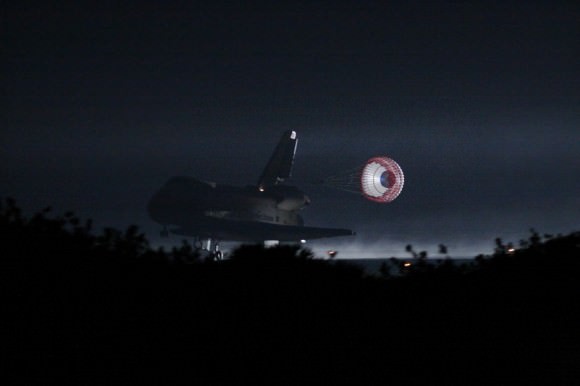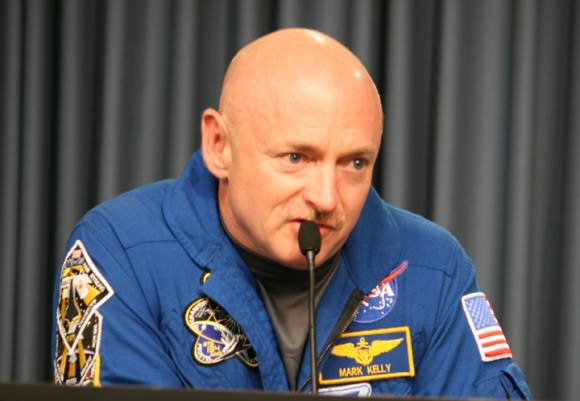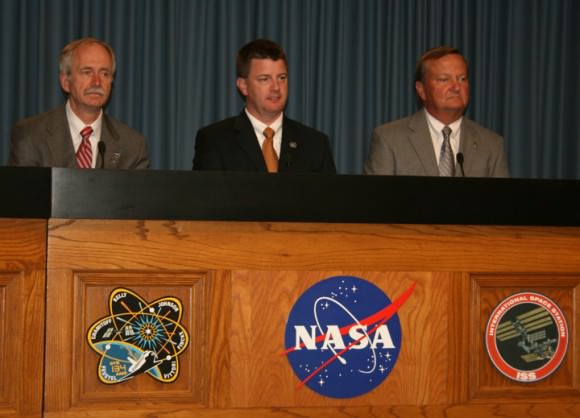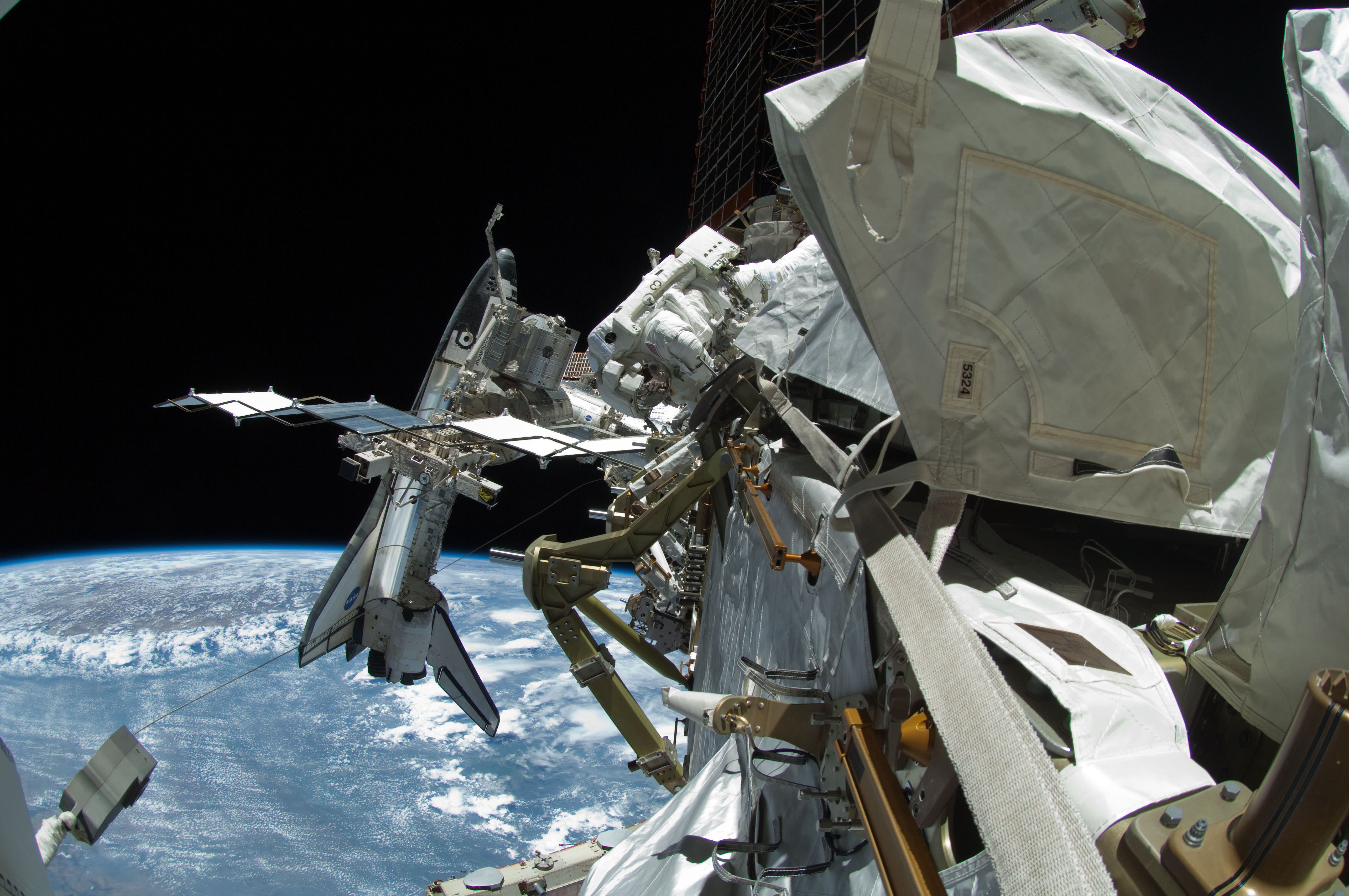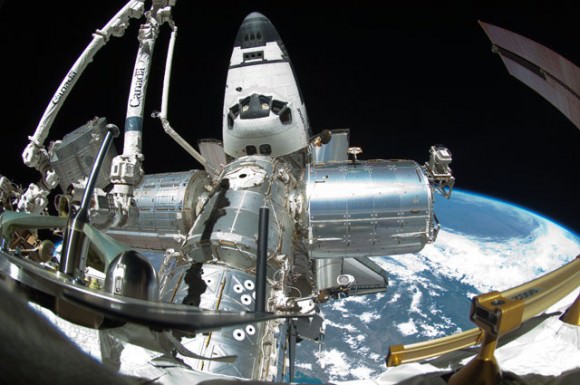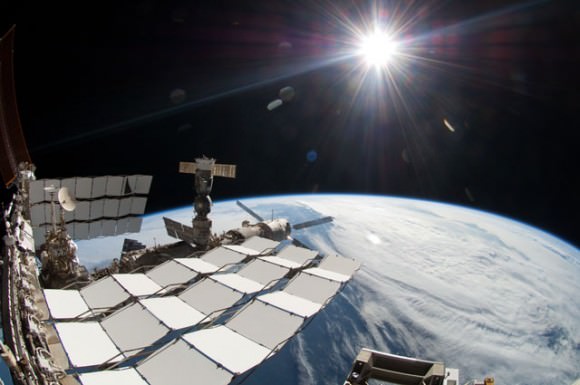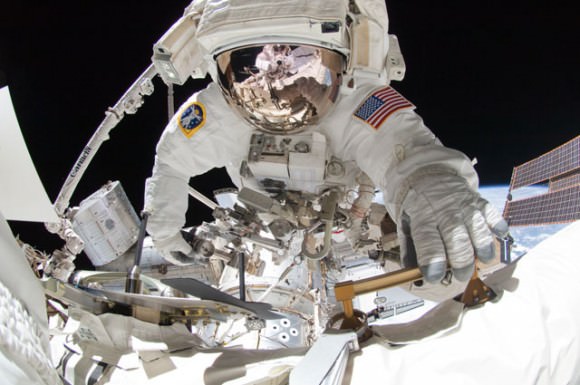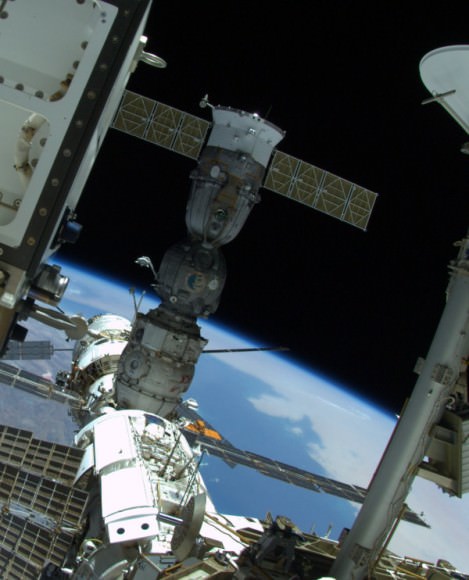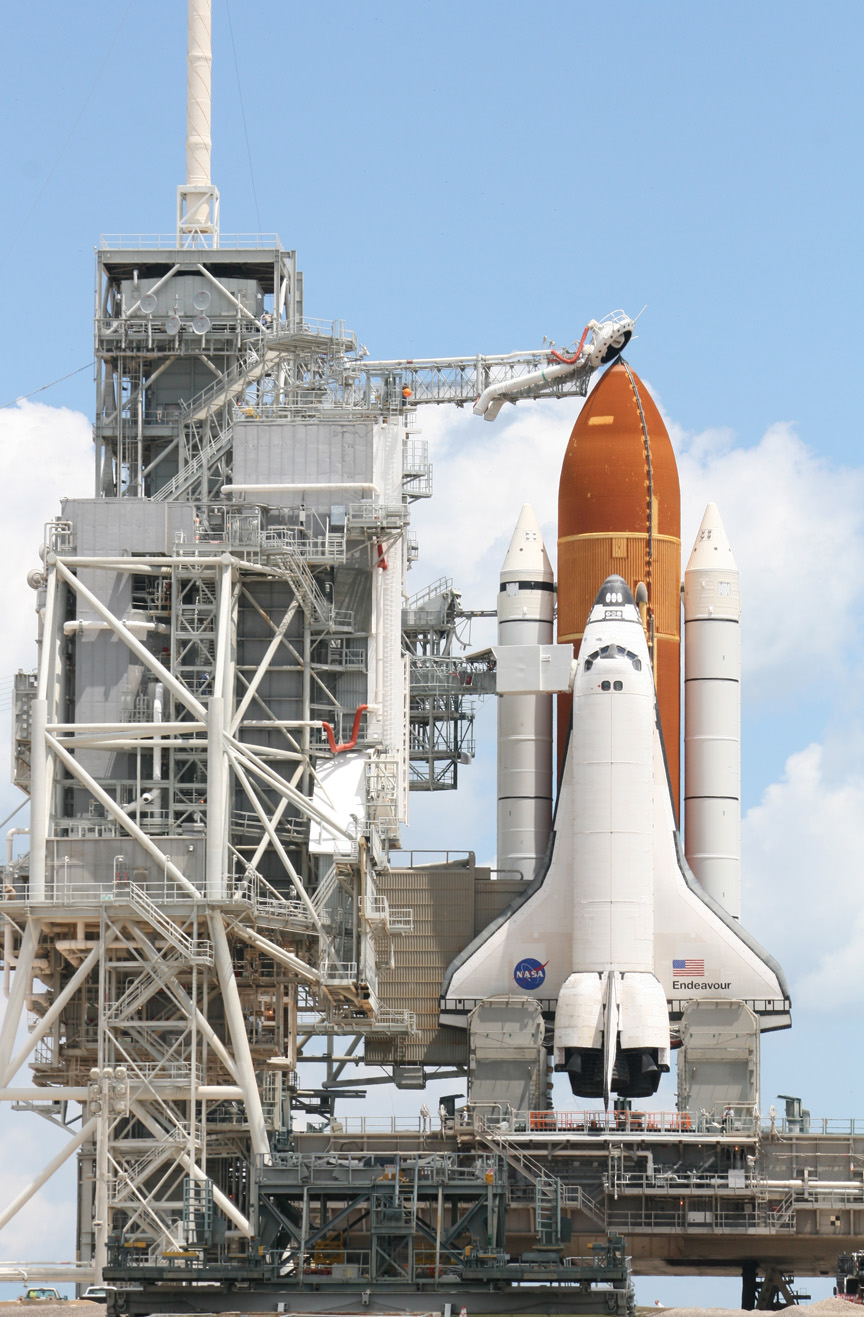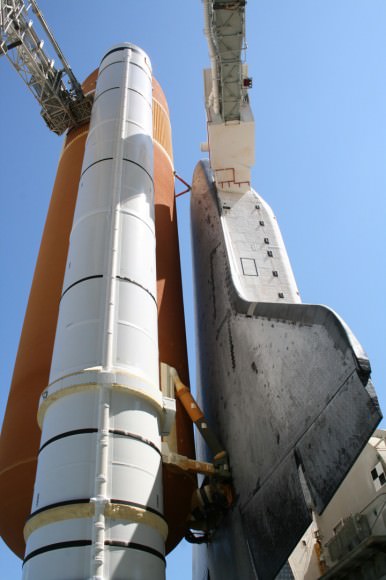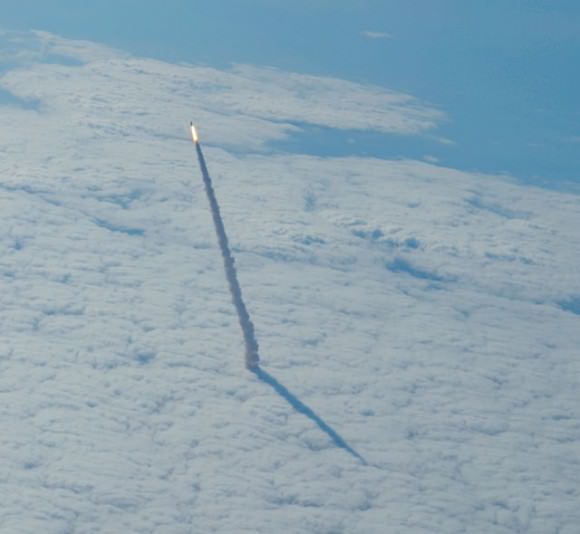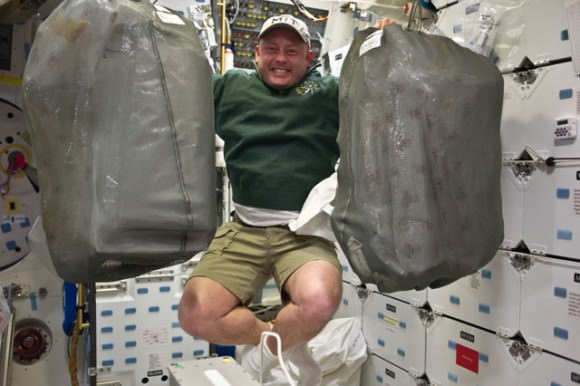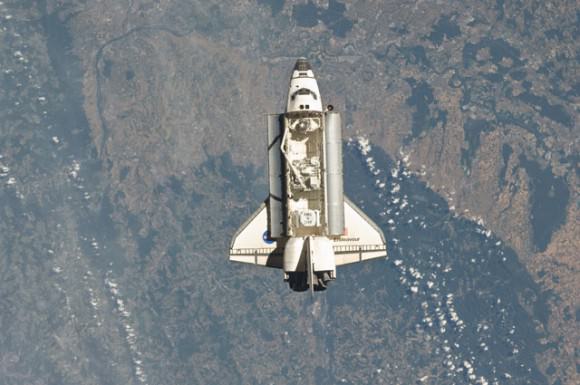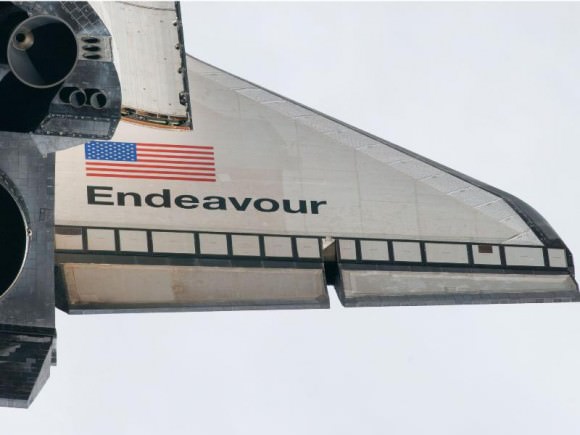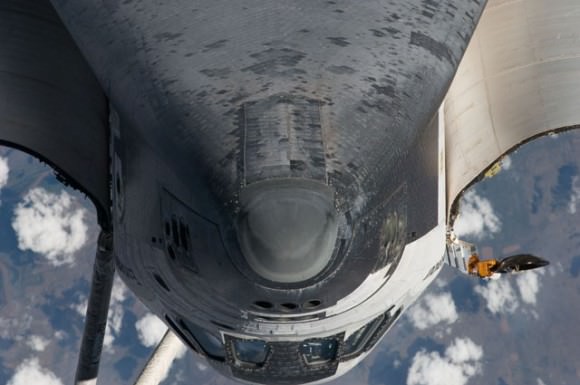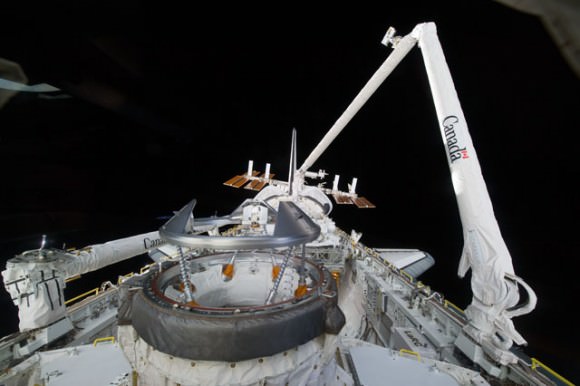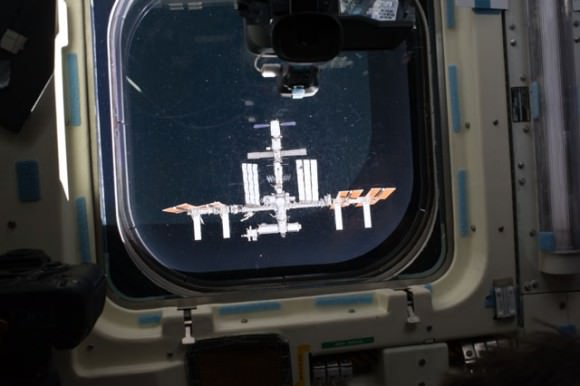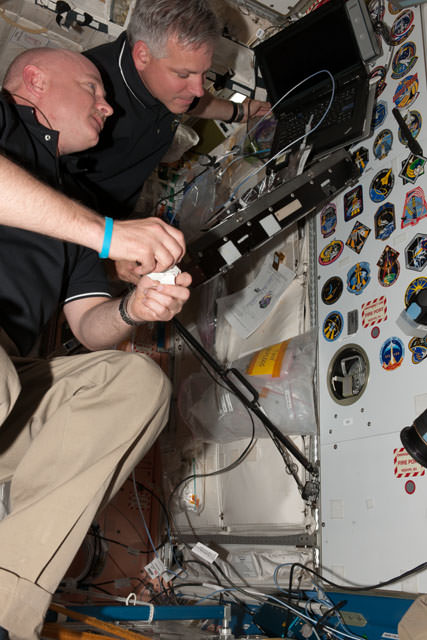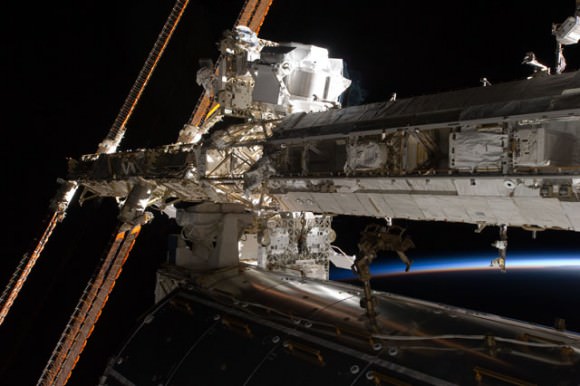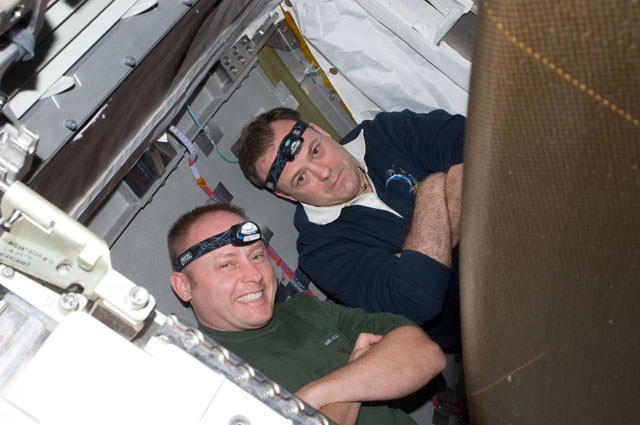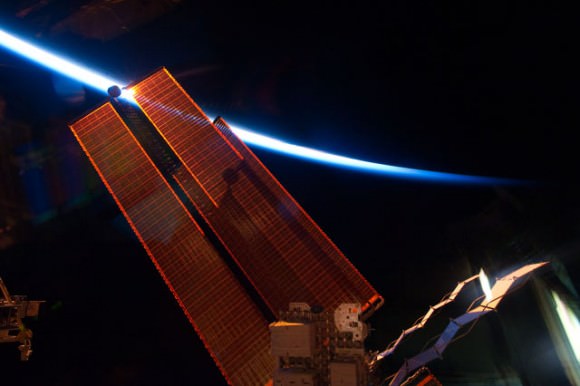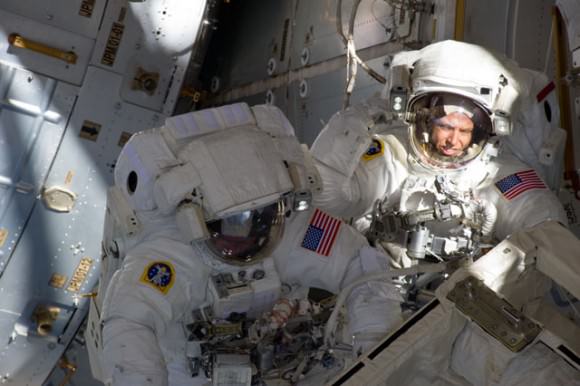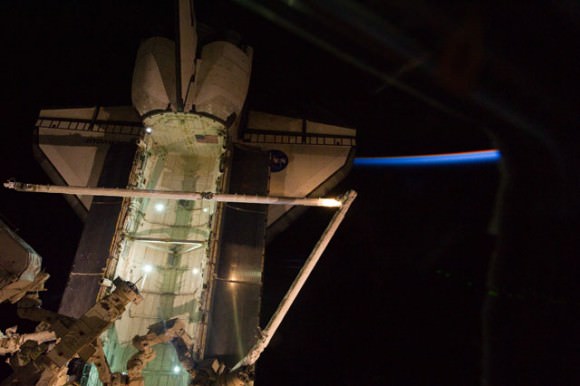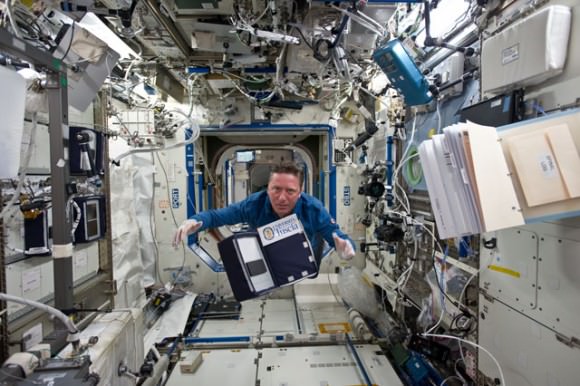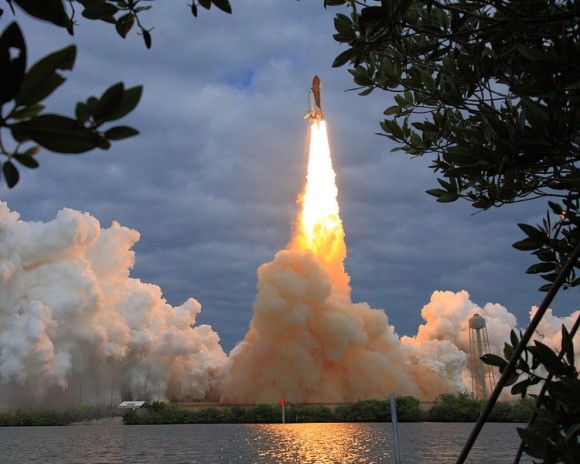U.S. Congresswoman Rep. Gabrielle Giffords (D) announced today, Sunday Jan. 22, that she will step down from Congress later this week to continue recuperating from critical brain injuries she suffered during a deadly assassination attempt a year ago in Tucson, Arizona.
She announced the resignation on her official congressional website and in a poignant YouTube video message (see above) to her constituents saying that she will “do what is best for Arizona” as she recovers from the shooting attack that happened 1 year ago on Jan. 8, 2011 in her Arizona district.
One of her last official acts will be to attend the State of the Union Address by President Obama on Tuesday, January 24 at the Capitol in Washington, D.C.
Giffords is submitting letters of resignations to House Speaker John Boehner and Arizona Gov. Jan Brewer. Brewer will call a special primary and general election to fill her seat for the remainder of her term which expires at the end of 2012. The primary election will be held within about 60 days. She represented the 8th Congressional District in southern Arizona.
“Gabby Giffords embodies the very best of what public service should be. She’s universally admired for qualities that transcend party or ideology – a dedication to fairness, a willingness to listen to different ideas, and a tireless commitment to the work of perfecting our union. That’s why the people of Arizona chose Gabby – to speak and fight and stand up for them,” President Obama said in a statement issued Sunday evening. “Gabby’s cheerful presence will be missed in Washington. But she will remain an inspiration to all whose lives she touched – myself included. And I’m confident that we haven’t seen the last of this extraordinary American.”
“I salute Congresswoman Giffords for her service, and for the courage and perseverance she has shown in the face of tragedy. She will be missed,” House Speaker John Boehner said in a statement issued Sunday.
Before the shooting she was considered to be a rising star in Congress.
Giffords was shot in the head at point blank range. Six people were killed including a 9 year old girl and a Federal Judge and 13 others were wounded.
The 41 year old congresswoman is resigning in order to continue her recovery from the gunshot wounds she suffered a year ago while conducting a ‘meet-and-greet’ with her constituents at a shopping center in Tucson. She has been undergoing intensive rehabilitation over the past year.
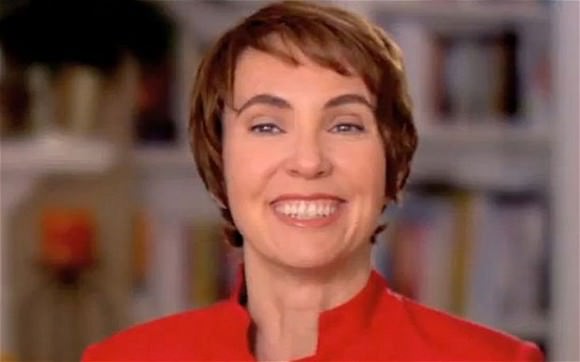
“I have more work to do on my recovery, so to do what is best for Arizona, I will step down this week,” Congresswoman Giffords says in the heartfelt two minute video message to her constituents.
“A lot has happened over the past year,” she said in halting words. “We cannot change that. But I know on the issues we fought for, we can change things for the better. Jobs, border security, veterans. We can do so much more by working together.”
The video features footage of Giffords before and after the attack, some of it quite graphic.
“I don’t remember much from that horrible day, but I will never forget the trust you placed in me to be your voice,” Giffords goes on to say. “Thank you for your prayers and for giving me time to recover. I have more work to do on my recovery. So to do what is best for Arizona, I will step down this week.”
Giffords was first elected to the U.S. House of Representatives in November 2006. She was last re-elected in November 2010 and now will not seek re-election this fall.
Gabby Giffords was a strong supporter of NASA and America’s space program.
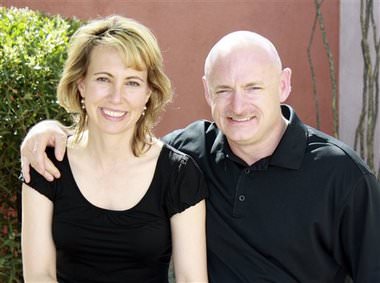
She is married to veteran Astronaut Mark Kelly, who commanded the last mission of Space Shuttle Endeavour in May 2011, STS-134. Kelly recently resigned from NASA to continue helping Gabby in her recovery.
The shooting happened as Kelly was in the final stages of training for the STS-134 mission. Kelly temporarily interrupted his training to be with his wife who was in critical condition.
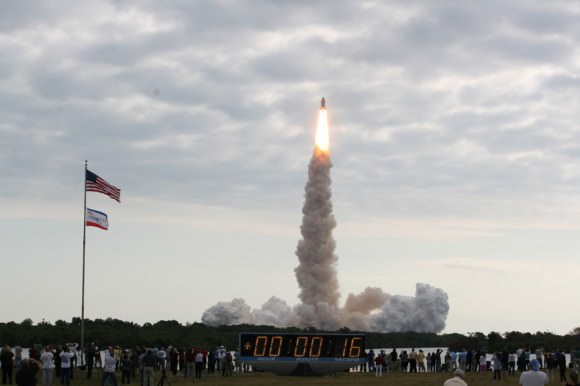
Gabby Giffords has made a remarkable recovery and she continues to improve and inspire all of us every day. She faces a long road of recovery ahead that will require all her efforts to continue making progress.
“Every day my spirit is high. I will return. Thank you !” – Giffords signs off


